15 Beauty Products You’re Probably Holding Onto Past Their Prime
Most people hold onto beauty products longer than they should without realizing they lose their effectiveness or can even become unsafe. From mascara to moisturizers, every item has a shelf life that often gets overlooked. Knowing when to replace these products can help you avoid irritation and keep your routine fresh.
This post may contain affiliate links, which helps keep this content free. Please read our disclosure for more info.
Mascara
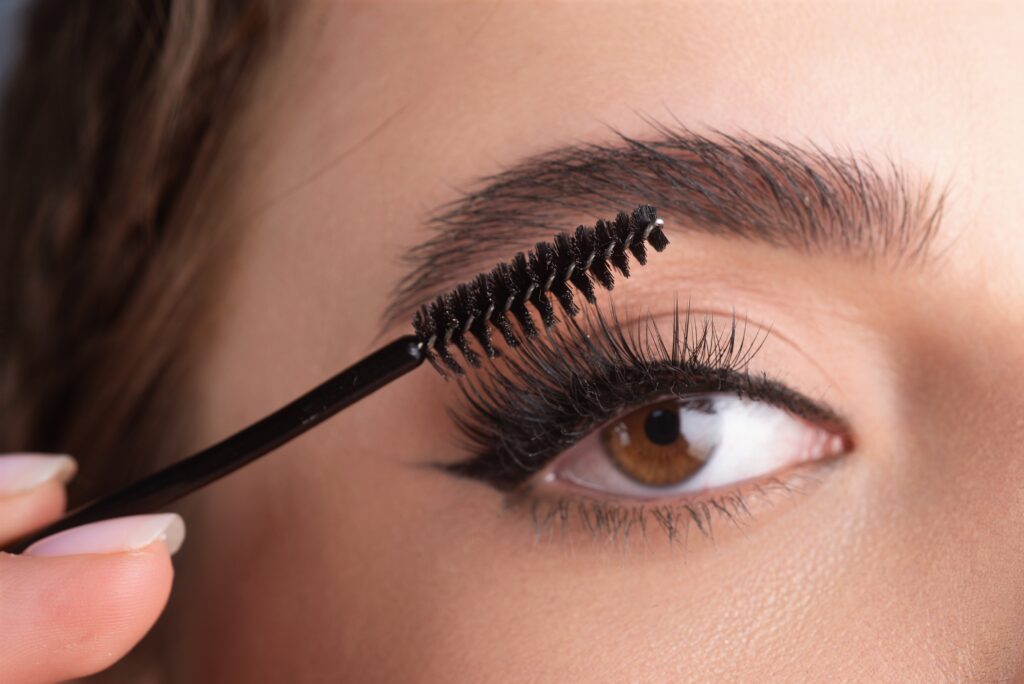
Mascara has one of the shortest shelf lives in any makeup bag. The constant pumping of the wand pushes air into the tube, which makes the formula dry out and creates a breeding ground for bacteria. After about three months, it can become clumpy and irritating to the eyes.
Old mascara is more than just ineffective—it can be harmful. Using it past its prime increases the risk of eye infections and can lead to red, itchy, or watery eyes. Tossing it on time is the simplest way to avoid unnecessary irritation.
Liquid Eyeliner
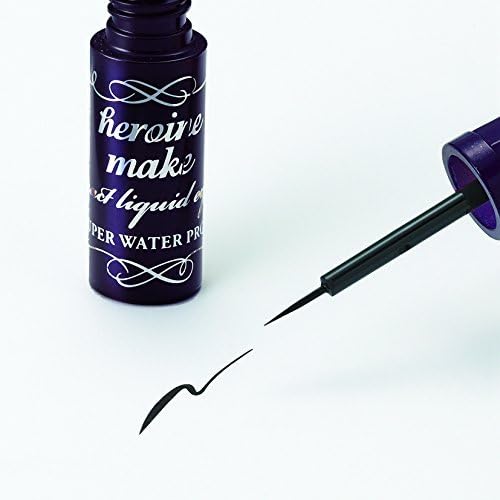
Liquid eyeliner has a sleek finish, but its formula is sensitive. The applicator tip picks up bacteria each time it touches your lash line, which makes contamination a real concern. These products typically last no longer than six months once opened.
Changes in texture or smell are clear warning signs. If your eyeliner starts skipping or feels sticky instead of smooth, it’s best to replace it right away. Fresh eyeliner applies effortlessly and gives a safer experience.
Foundation (Liquid or Cream)

Liquid and cream foundations don’t age well once exposed to air. Separation of oil and water in the formula often shows up first, leaving an uneven application on the skin. A sour scent is another clue that it’s past its shelf life.
Most foundations remain usable for six to twelve months, but the clock starts ticking as soon as you open the bottle. Using expired foundation can clog pores and cause breakouts. Keeping track of the opening date helps prevent these issues.
Concealer
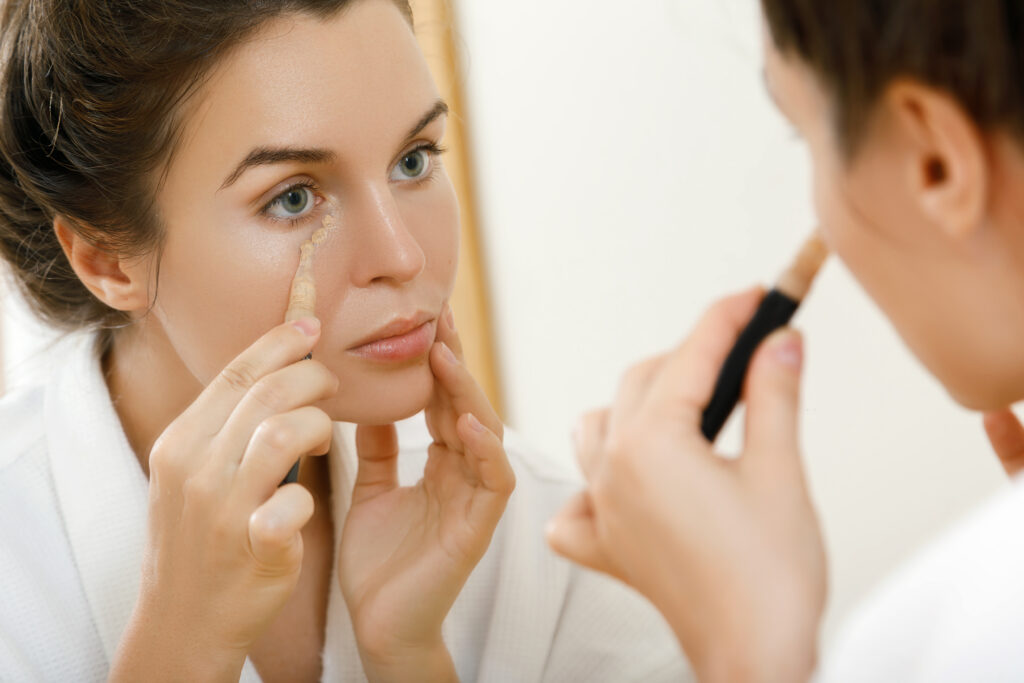
Concealer is a staple for hiding dark circles and blemishes, but it has limits. Liquid versions usually expire faster, while sticks last a bit longer due to their firmer texture. Once the coverage becomes patchy or the formula smells off, it’s time to part with it.
Holding onto concealer too long can backfire. The product may irritate sensitive areas like under the eyes, causing redness or dryness. Switching it out on schedule keeps your makeup routine safe and effective.
Lip Gloss
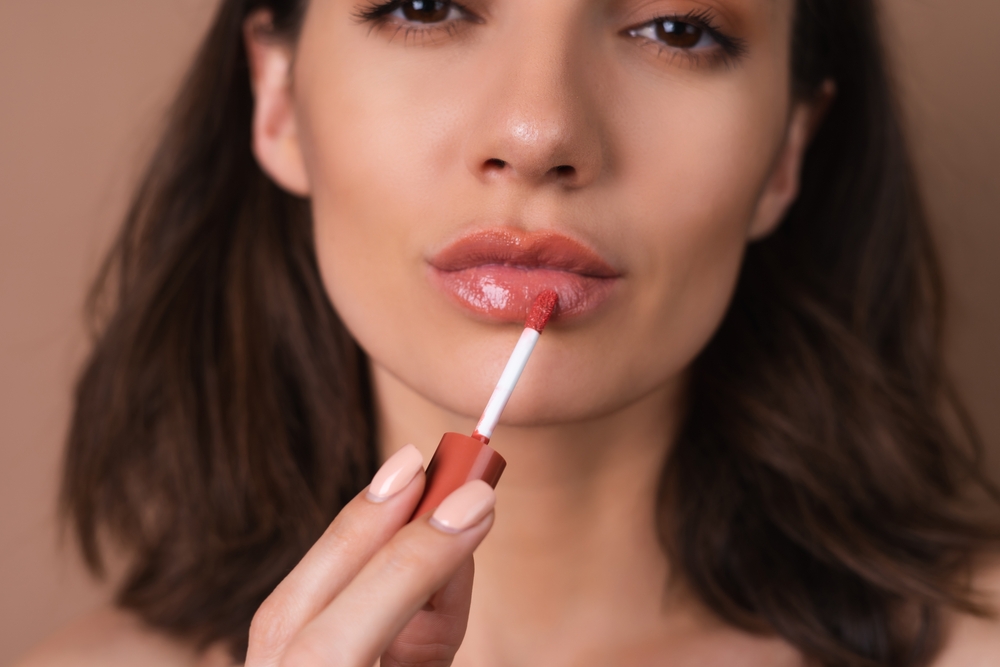
Lip gloss seems harmless, but its wand applicator is the problem. Each dip back into the tube carries bacteria that slowly builds up. Most glosses are best tossed within a year of opening.
Old gloss often feels tackier and loses its shine. A rancid or chemical-like smell is another giveaway. Replacing it regularly keeps lips smooth and reduces the risk of irritation.
Lipstick
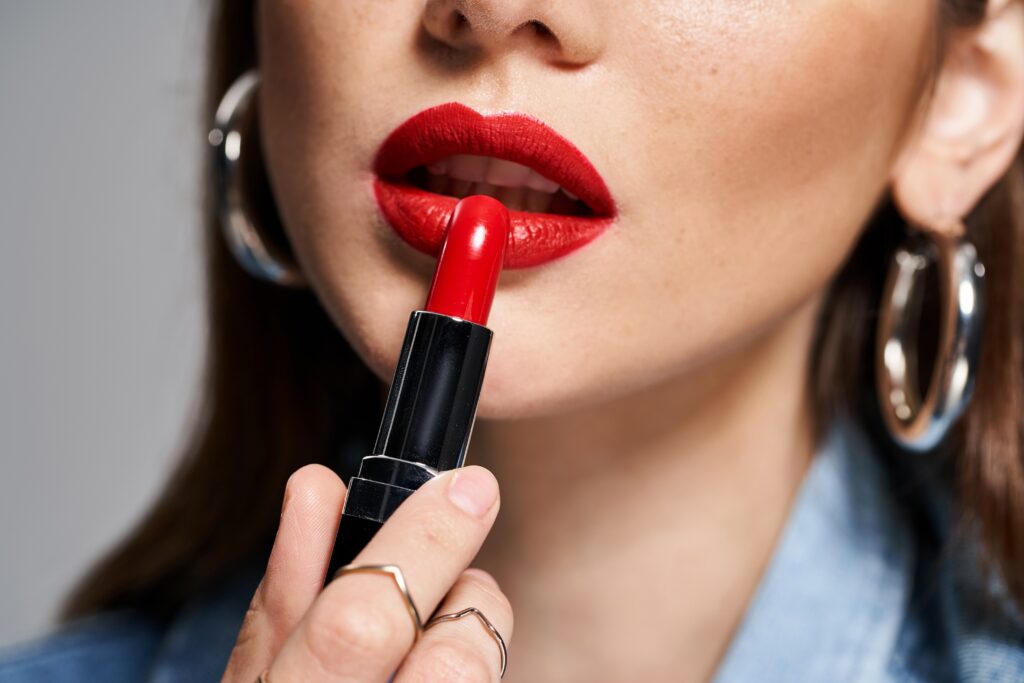
Lipstick tends to last longer than gloss, sometimes up to two years. The solid formula is less prone to bacteria, but it does eventually dry out and lose its smooth finish. A waxy or unpleasant smell is a clear sign it has expired.
Expired lipstick can feel stiff during application and leave an uneven color payoff. Storing it in a cool, dry place helps extend its shelf life. Still, keeping track of the time since opening is the best way to stay safe.
Powder Products (Blush, Bronzer, Eyeshadow)

Pressed powders are known for their long shelf life, sometimes up to two years. However, oils from your skin and makeup brushes can change their texture over time. A hardened surface film often develops, making blending difficult.
When powders stop delivering smooth color or start looking dull, it’s a sign to replace them. Cleaning brushes regularly can slow down contamination, but no powder lasts forever. Fresh products always give the best payoff.
Eyelash Glue
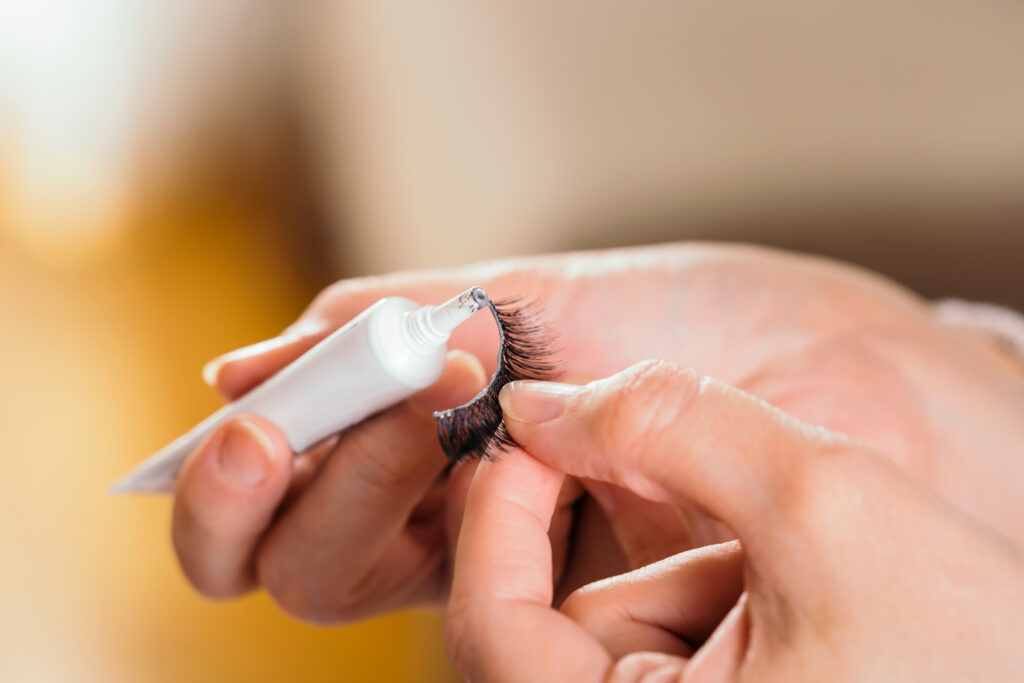
Lash glue may seem like it can last forever, but it dries out quickly once opened. Thickening, clumping, or a change in smell shows it’s past its best. Most glues last about three to six months.
Using old adhesive can cause lashes to lift or irritate the eyelids. For a secure hold and safe wear, fresh glue is essential. Keeping a backup tube on hand prevents last-minute problems.
Nail Polish
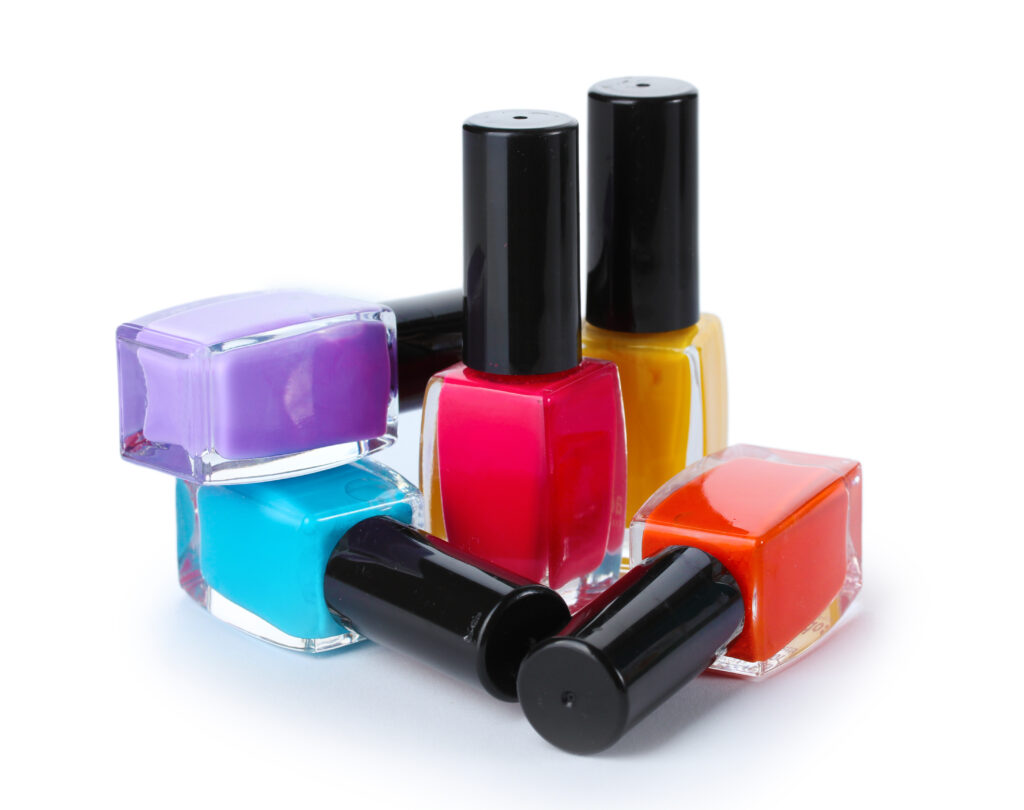
Nail polish often looks fine sitting in its bottle, but it ages faster than you think. Over time, it separates and thickens, making smooth application nearly impossible. A good shake may help once or twice, but it’s not a permanent fix.
After a year or two, the color payoff and finish aren’t the same. Adding thinner only delays the inevitable. At that point, it’s better to replace it and enjoy a smooth, even coat.
Sunscreen

Sunscreen isn’t a product to gamble with. Most have a clear expiration date on the bottle, usually three years unopened. Once opened, the formula often breaks down faster, losing its ability to protect against harmful rays.
Expired sunscreen looks or feels different, sometimes watery or separated. Using it puts your skin at risk of burns and damage. Keeping track of dates ensures you’re always protected.
Face Creams and Moisturizers
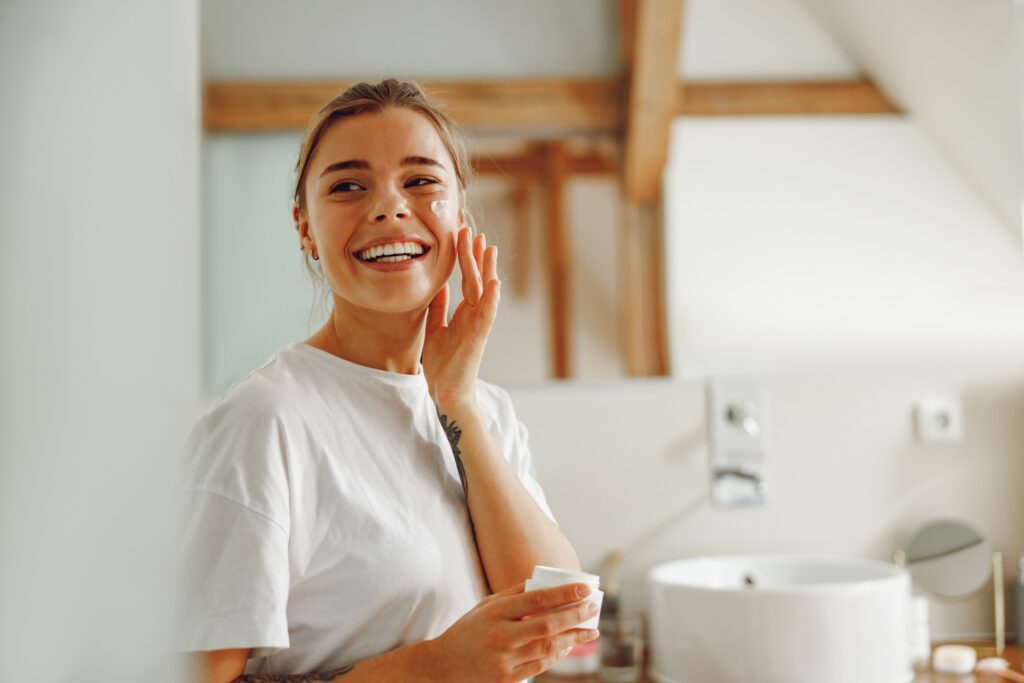
Moisturizers feel harmless, but they expire faster than many expect. Jars and tubs are especially vulnerable since dipping fingers introduces bacteria. Most creams are good for six to twelve months.
Over time, creams can lose their texture and smell odd. Using them past their date can cause clogged pores or irritation. Fresh cream absorbs better and supports healthy skin.
Serums (Vitamin C, Retinol, etc.)
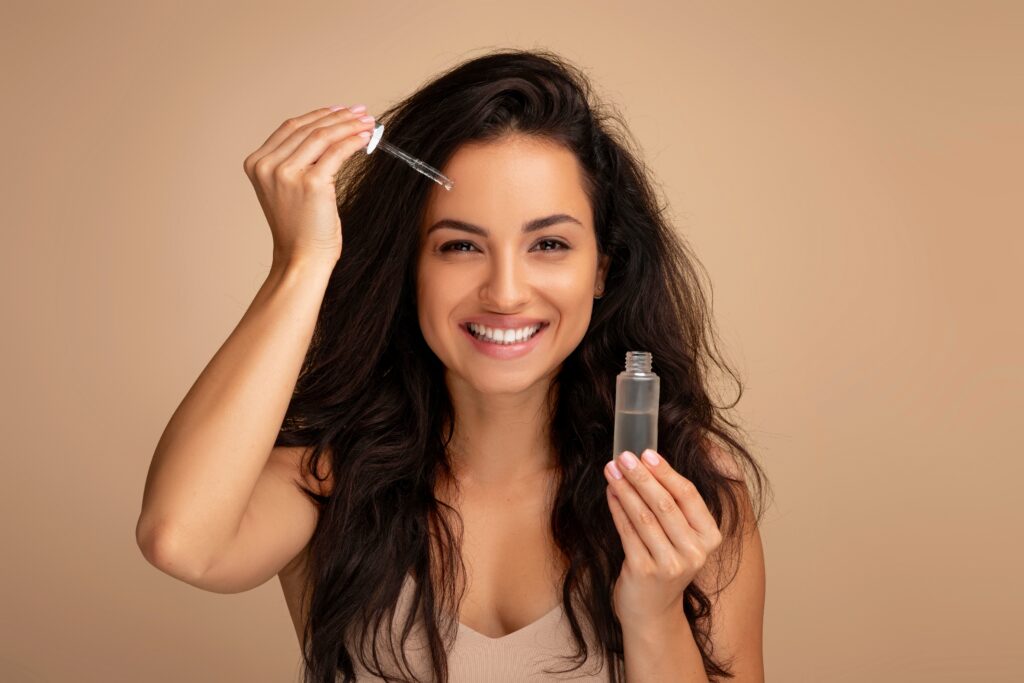
Serums with active ingredients are highly unstable. Vitamin C darkens and oxidizes quickly, while retinol loses strength once exposed to light and air. These usually expire within three to six months.
Using old serums isn’t just ineffective—it can trigger irritation. The product may look or smell different as it breaks down. Keeping them in dark bottles and cool places helps, but replacement is still necessary.
Perfume
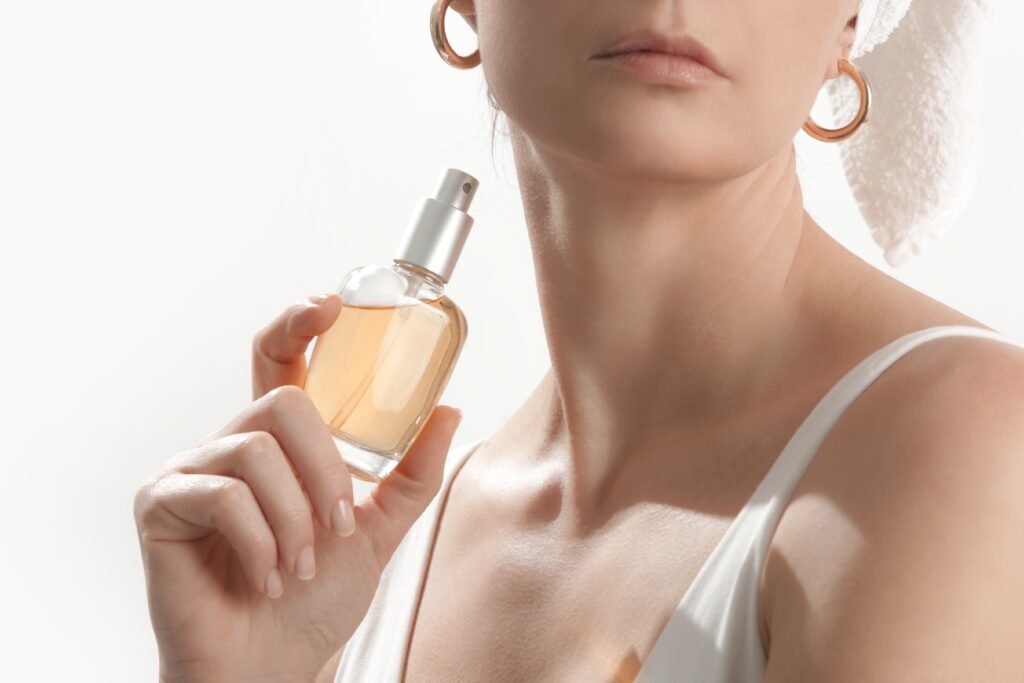
Perfume feels timeless, but it doesn’t last forever. Direct light and heat speed up the breakdown of delicate fragrance notes. After two to three years, the scent often turns sour or flat.
A spoiled perfume loses its charm and may even irritate the skin. Storing bottles in a cool, dark spot can help extend their lifespan. Even so, replacing them on schedule keeps your fragrance collection enjoyable.
Hair Styling Products (Sprays, Mousses, Gels)

Styling products may sit untouched for years, but their formulas degrade over time. Sprays can lose their hold, and mousses may stop foaming properly. Gels often change texture or smell.
Most hair products last one to two years at best. Once they stop performing, it’s best to replace them. Fresh styling products always give the best results.
Makeup Sponges
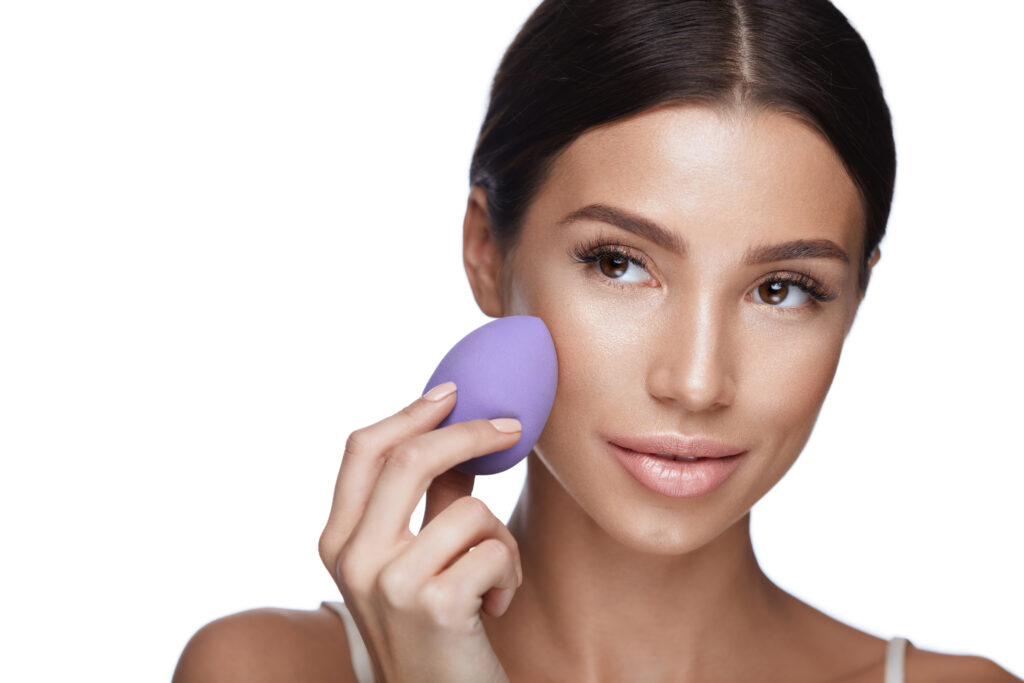
Makeup sponges deserve a spot on this list. They soak up liquid makeup, which makes them a breeding ground for bacteria even with regular cleaning. Sponges should be replaced every one to three months.
Using old sponges can cause breakouts or skin irritation. They also lose their bounce and stop blending makeup well. A new sponge always gives smoother results and keeps skin safer.
This article originally appeared on Avocadu.
